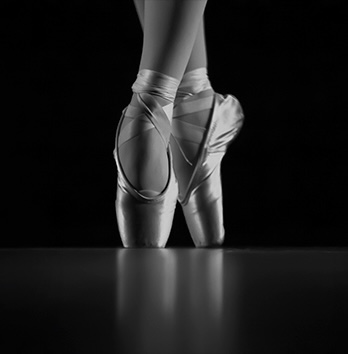Ballet
What is it?
Ballet,academic dance or classical dance or ballet is a type of dance and also the name of the corresponding technique. Depending on the times, countries or currents and the show, this artistic expression can include: dance, mime, and theater (orchestra and choir), people and machinery.Classical ballet or classical dance is a form of dance whose movements are based on total and absolute control of the body. It is recommended to start at an early age due to its degree of difficulty. Unlike other dances, in ballet each step is coded. The hands, arms, trunk, head, feet, knees, the whole body invariably participate in a simultaneous conjunction of muscular and mental dynamics that must be expressed in total harmony of movements. The term ballet is also used to designate a piece of music composed, on purpose, to be interpreted through dance. Ballet is one of the performing arts.

| Classic Ballet | Romantic Ballet | Neoclassic Ballet | Contemporary Ballet |
| Classical ballet is based on traditional ballet technique and vocabulary. Different styles have emerged in different countries, such as French ballet, Italian ballet, English ballet, and Russian ballet. Several of the classical ballet styles are associated with specific training methods, often named after their creators (see below). The Royal Academy of Dance Method is a ballet technique and training system that was founded by a diverse group of ballet dancers. | The romantic ballet was an art movement from classical ballet and several productions remain in the classical repertoire today. The Romantic era was marked by the rise of la pointe, the dominance of ballerinas, and longer, flowing tutus that attempt to exemplify softness and a delicate aura.This movement occurred in the early to mid-19th century ( the Romantic era) and featured themes that emphasized intense emotion as a source of aesthetic experience. The plots of many romantic ballets revolved around spiritual women (sylphs, wilis, and ghosts) who enslaved the hearts and senses of mortal men. | Neoclassical ballet is usually abstract, without a clear plot, costumes or set design. The choice of music can be diverse and will often include neoclassical music as well. | This style of ballet is usually performed barefoot. Contemporary ballets may include mime and acting, and are often set to music (usually orchestral, but occasionally vocal). It can be difficult to differentiate this form from neoclassical or modern ballet. Contemporary ballet is also close to contemporary dance because many contemporary ballet concepts stem from twentieth-century modern dance ideas and innovations, such as floor work and leg twists. The main difference is that the ballet technique is essential to interpret a contemporary ballet. |
In the links above you will find web pages that will give you more information about the different levels of Ballet that are teached in my school
Pre-Ballet Ballet 1 Basic Ballet Intermidium Ballet Advanced Ballet